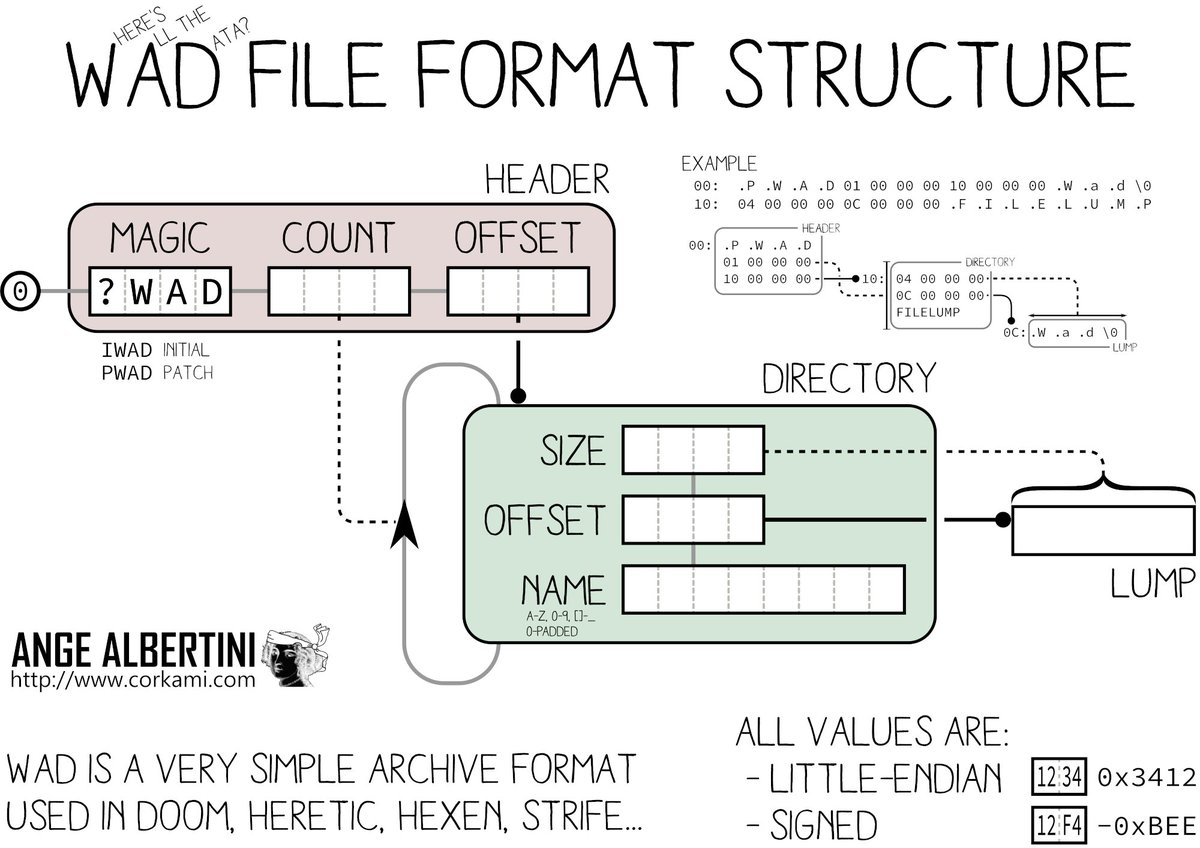

DEU continued development until May 21 of the same year. On January 26, 1994, Brendon Wyber released the first public domain version of the Doom Editing Utility (DEU) program on the Internet, a program created by Doom fans which made it possible to create entirely new levels. Immediately after the initial shareware release of Doom on December 10, 1993, players began working on various tools to modify the game. However, some, including Jay Wilbur and Kevin Cloud, objected due to legal concerns and the belief that it would not be of any benefit to the company's business. The idea of making Doom easily modifiable was primarily backed by Carmack, a well-known supporter of copyleft and the hacker ideal of people sharing and building upon each other's work, and by John Romero, who had hacked games in his youth and wanted to allow other gamers to do the same. Tom Hall is responsible for coming up with the name WAD. For that reason, game data such as levels, graphics, sound effects, and music are stored separately from the game engine, in "WAD" files, allowing for third parties to make new games without making any modifications to the engine. John Carmack, lead programmer at id Software, designed the Doom internals from the ground up to allow players to extend the game. However, the procedures involved in creating and loading modifications for that game were cumbersome. When developing Doom, id Software was aware that many players had tried to create custom levels and other modifications for their previous game, Wolfenstein 3D. IWADs contain the data necessary to load the game, while PWADs contain additional data, such as new character sprites, as necessary for custom levels. There are two types of WADs: IWADs (internal WADs) and PWADs (patch WADs). Several WADs have also been released commercially, and for some people the WAD-making hobby became a gateway to a professional career as a level designer. Thousands of WADs have been created for Doom, ranging from single custom levels to full original games most of these can be freely downloaded over the Internet. WAD stands for Where's All the Data? Immediately after its release in 1993, Doom attracted a sizeable following of players who created their own mods for WAD files-packages containing new levels or graphics-and played a vital part in spawning the mod-making culture which is now commonplace for first-person shooter games. Doom WAD is the default format of package files for the video game Doom and its sequel Doom II: Hell on Earth, that contain sprites, levels, and game data.


 0 kommentar(er)
0 kommentar(er)
